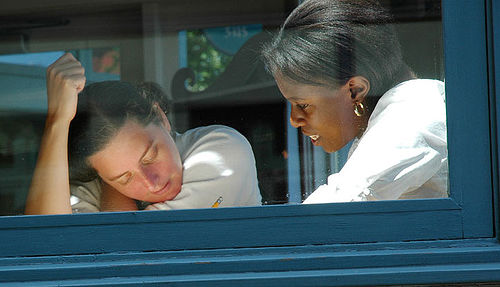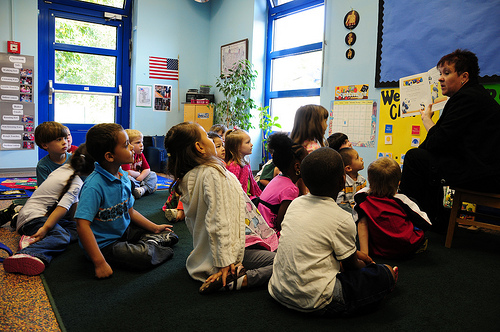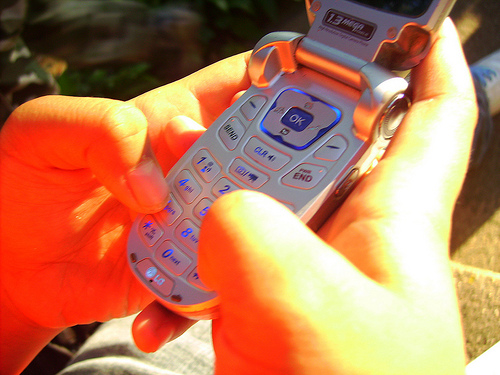Does more time in the classroom lead to better test scores? Elementary schools nationwide are cutting down on the number of recesses in the student’s day in hopes of doing just that. As the number of obese children rises, the amount of social interaction declines with technology, and more schools get criticized for not teaching to creative and critical minds, the elimination of recess becomes more of a highly debated topic among teachers and parents. Just as adults are required to take breaks throughout their day, a child especially needs that time to release balled-up energy from sitting in class. It seems time would be spent more efficiently if students were rewarded with more frequent breaks so they could return to class with a more focused attitude and the knowledge that their hard work leads to another deserved break.
It is hard to imagine taking more free minutes away from students will encourage them to work harder or enlarge their capacity to absorb more information. Eliminating recess shows the test score is the priority, not the student. A child’s school experience should be designed for the human mind with socializing, running, creating and breathing. Without these activities a child goes to school to get programmed like machinery to pass a test. We need to think very carefully about finding the balance between structured space and allowing enough playtime to roam and open a child’s mind. A successful student and member of society possesses both analytical and creative skills.



















